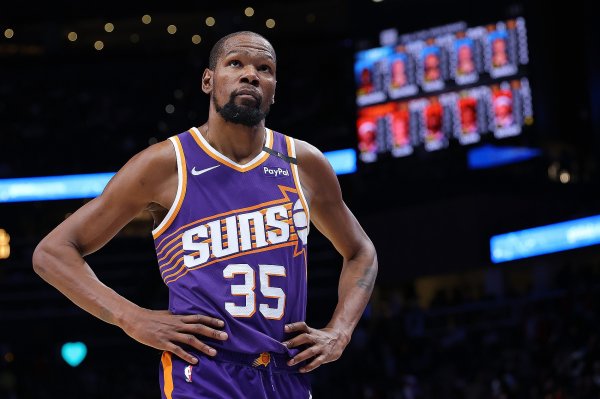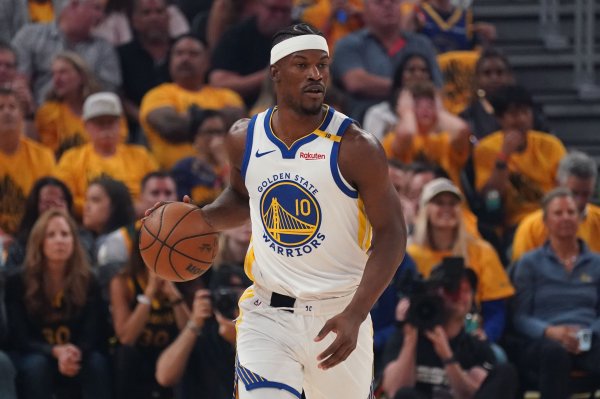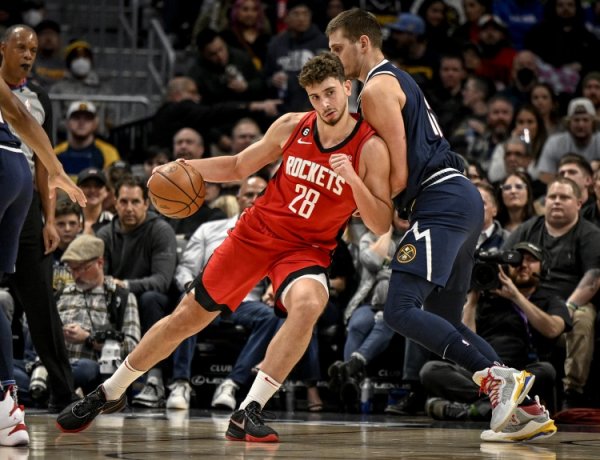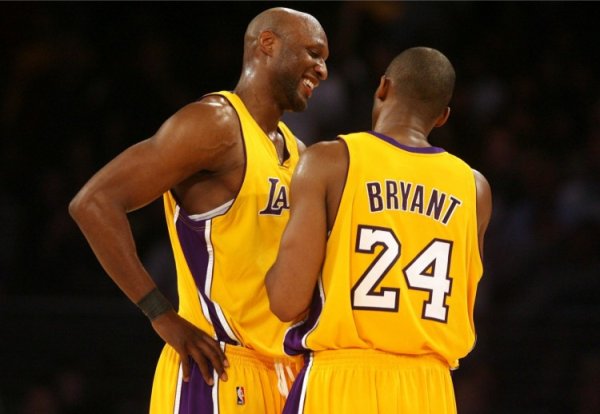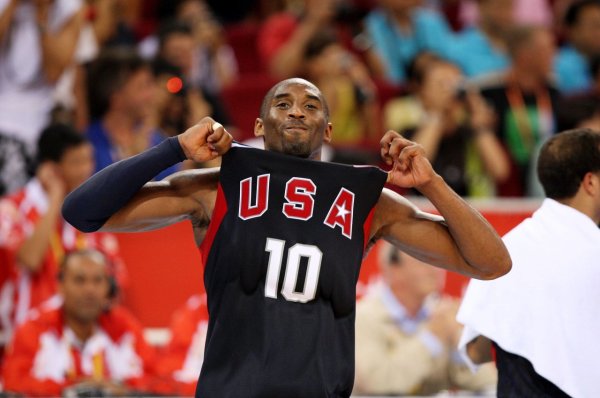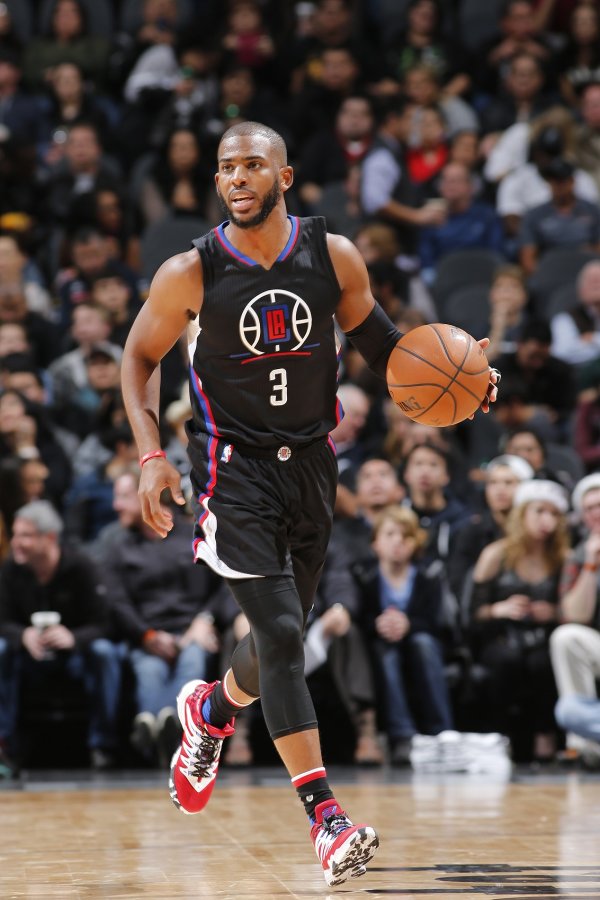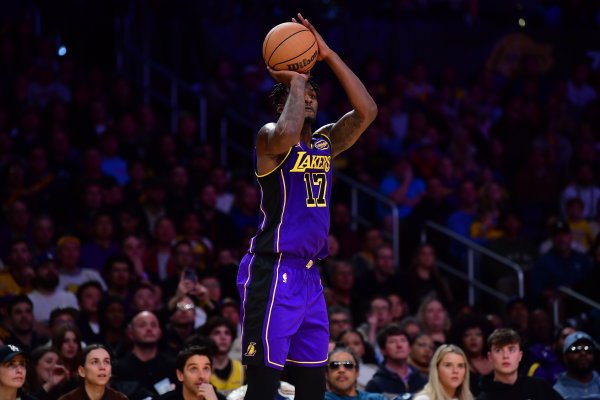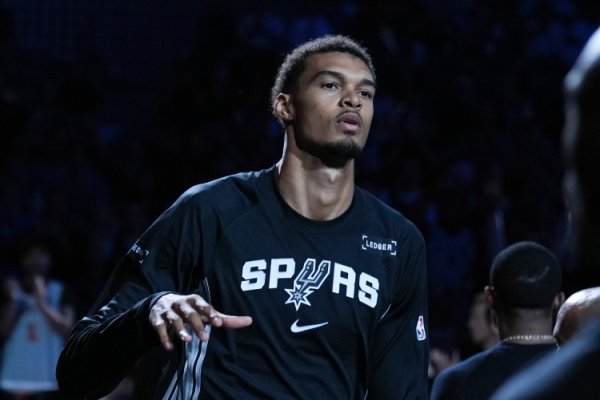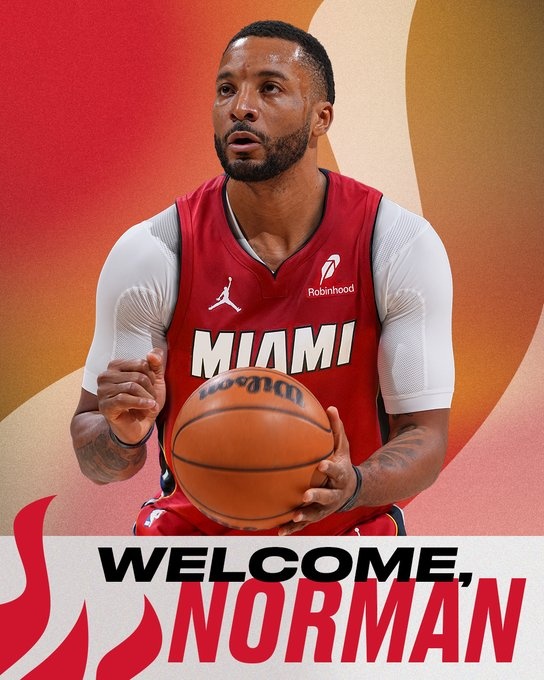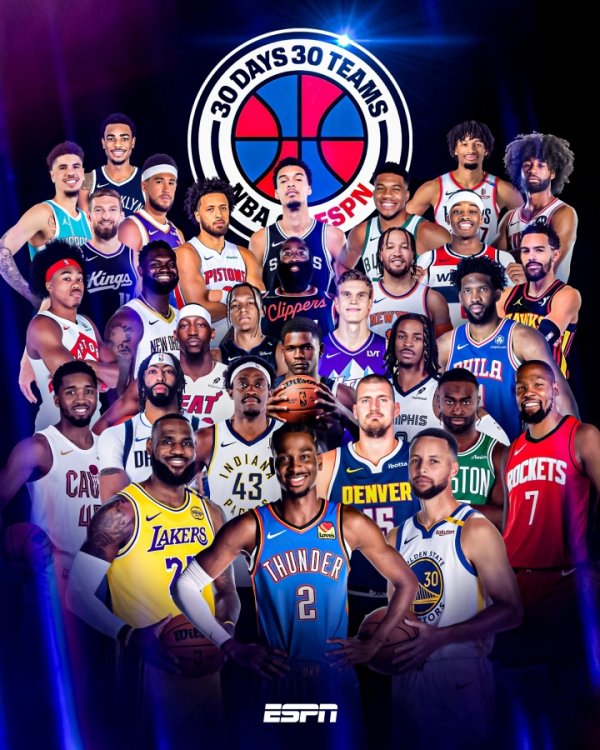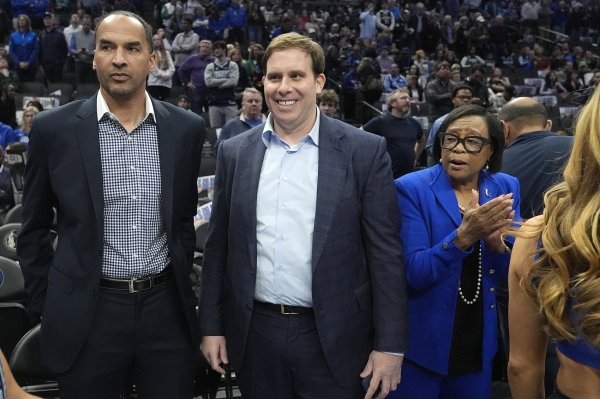Rumors of leaving the team are becoming calmer? Why does it become impractical to say that letters leave the team this summer?

(This article was published on August 5, and the author is Sam Quinn, the author of CBS. The content of the article does not represent the translator's views.)
Although Lillard's Achilles tendon tear made it generally believed that Antetokounmpo would request a deal, this situation did not happen. Rumors about him gradually subsided in May and early June, but heated up again during the Finals, and even rumors were rumored to be related to the Knicks’ vacant head coaching position. The Bucks then signed Miles Turner. Antetokounmpo reportedly was unhappy with the team's cut of Lillard in order to get Turner, but he also participated in the recruitment process. Whenever rumors seem to cool down, new news will always ignite again.
On Monday, ESPN reporter Shams reported the relevant news again. After a relatively calm month, Shams said: "There is no conclusion on whether Antetokounmpo wants to stay in Milwaukee or leave." He also mentioned that there are still some teams waiting for clear news, and although trading in this offseason is rare, training camp will not start yet, and previous star deals like Irving and Towns were completed later in the offseason. In short, the possibility of Antetokounmpo making a deal request remains. Is it possible for Antetokounmpo to make a transaction request this summer?
In the modern NBA, nothing is possible. This alliance is more influenced by the will of key stakeholders than logic. If Antetokounmpo decides to ask for a deal tomorrow, he can fully propose it in August or September and join another team at the start of the 2025-26 season. However, we should admit that making a transaction request at this point in time, while technically feasible, is actually very impractical.
Most major NBA trades usually occur in February and June, which are designed time points. Alliance rules intentionally or unintentionally focus most important transactions on these time periods.
June or in early July, depending on the circumstances, is usually the most likely time to make a major transaction. At this time, the team's lineup is the most flexible, not only because the number of teams in the lineup increased to 20 at this time, but also because the team has not invested resources yet, and they have not signed a middle-class contract and a minimum wage free agent, nor have players whose contracts have expired, and have not used the players in the existing contracts for other transactions. Therefore, each team can build teams around the players coming from the new deal.
Take the Rockets as an example. If Antetokounmpo expressed his intention at the beginning of the offseason, it would be relatively simple to trade him. The Rockets were going to deal with Van Vreet's large expiration contract at the time and the $45 million team option. They also had Jaylen Green and Dillon as bargaining chips, when they had not been sent to the Sun. Jabbarry Smith Jr. has not renewed his contract yet and will not be affected by the poison clauses in the new contract.
If Antetokounmpo asks for a trade now, it will be difficult for the Rockets to build a trading chip that meets financial requirements. VanVleet won't be traded until October 6. Smith Jr. can be traded, but his salary in the Rockets (currently $12.3 million) is much lower than the average salary he can get in the new contract with the Bucks ($22.3 million). Jaylen Green and Dillon are now playing for other teams, and the Rockets are unlikely to be willing to give up Durant. The Rockets can use other players to build trades, but that becomes quite difficult. If they knew Antetokounmpo would be traded, they would definitely give him priority, but they didn't, so they prioritized other matters. This is also true for most other pursuing teams.
Many other operations revolve around signing free agents who cannot be traded immediately. Most free agents will not be traded until December 15, while a few will wait until January 15. This is why trading operations will increase dramatically before the trading deadlines in late January and early February. This is the only time during the regular season when all players can trade legally. If Antetokounmpo asks for a deal now, the 63 veteran free agents signed this summer will not be included, accounting for 14% of the total NBA players, some of which may attract the Bucks or need to be used for salary matching. Is

February a more feasible node?
The Bucks face many difficulties in trading Antetokounmpo during the season. Teams can usually make deals through hard work, but there are many obstacles to making big deals over the season, and the 15-man roster limit makes the deal more complicated. In addition, the team also needs to consider the issue of hard salary cap. Take the Rockets as an example, they were locked below the first line for signing Finney Smith using a middle-class special case, and currently only has about $1 million in space, which is not enough for large-scale deals. Most other teams are either already operating under some kind of hard salary cap or will generate a hard salary cap because of the deal.
If Antetokounmpo really decides to leave, the best time should be the part of the trading cycle he just skipped. The ideal transaction request time is in May or June, and the actual transaction may not be executed until July. This is usually the best time for a team to make a big deal. With Antetokounmpo entering the final year of his contract in the 2026-27 season, he can choose his favorite place next summer. No team will trade him if he knows he will be a free agent in a year. In fact, if Antetokounmpo already has a destination, this may be his strategy. The longer he waits, the less the price the new team will have to pay.
A obvious example is the Lakers. Currently, the Lakers have only one tradable first-round pick, the 2031 draft pick. But by next summer, that number will increase to three: 2026, 2031 and 2033 draft picks. This makes the deal more feasible, especially if Reeves can join the deal by signing first and then changing. While the Lakers can trade Reeves now, the Bucks will not be able to obtain long-term protection. Reeves is currently underpaid and it is almost impossible to extend the contract, so the Bucks may be more inclined to negotiate before trading. This is obviously not enough to exchange for Antetokounmpo, but with the contract coming to an end, he will have more chips to scare away other teams. The closer a player is to the free market, the easier it is to go where he wants to go. For a team like the Lakers or the Knicks with limited assets, timing is crucial.
This is why the ongoing speculation about whether Antetokounmpo will make a deal request is so strange. It is entirely possible for Antetokounmpo to make a transaction request. His best teammate at the moment is Turner, and the Bucks won't have their own first-round pick until 2031 and have $22 million in dead money over the next five years (from a buyout from Lillard's contract). If Antetokounmpo’s goal is to win the second championship, then changing teams may be necessary.
However, the timing of the report is still strange. Between the free market rave in July and the start of the season, making major changes is the most difficult. If someone wants to transfer, they should usually force the problem to be resolved before this, or wait a year before trying to trade the next summer.

So, why did we hear these rumors in August?
Multiple teams hope to trade Antetokounmpo as soon as possible, but the Bucks still have the possibility of retaining the superstar. Some teams may send messages through the media, trying to shake the Bucks' stability, thereby prompting them to trade in advance. These teams understand that Antetokounmpo is unlikely to file a trade request in August, but they hope to make the Bucks underperform at the beginning of the season by creating enough drama, increasing the likelihood of early trades.
This may be the strategy of Antetokounmpo's team. If he most hopes for a win in Milwaukee, he might want the Bucks to use limited draft capital (first-round picks in 2031 or 2032 and first-round swap rights in another year) for incoming players. However, the Bucks may be worried that such a deal won’t make them a championship team and lack those draft picks when they rebuild after losing Antetokounmpo. Just like the Lakers and James situation, the superstar schedule is not always consistent with management's careful team building plan.
At present, we cannot determine the specific situation. The only thing that is certain is that almost all teams in the league want Antetokounmpo. As he is unable to sign a contract extension this season, rumors about him will continue until he is traded or signed with a new contract. Given that the current transaction is not realistic, it means that rumors about Antetokounmpo will last until at least February next year, and may even continue into the next summer. Antetokounmpo himself can end all the guesses in one sentence. If he announces his intention to renew his contract with the Bucks and stay in Milwaukee until retirement, all speculation will come to an end. But he has not done so now, nor has he shown any sign of being particularly willing to do so. He is closely watching the Bucks' movements and is likely to decide his future based on his performance at the beginning of the season.
Original text: Sam Quinn
Compiled by: JayChan


